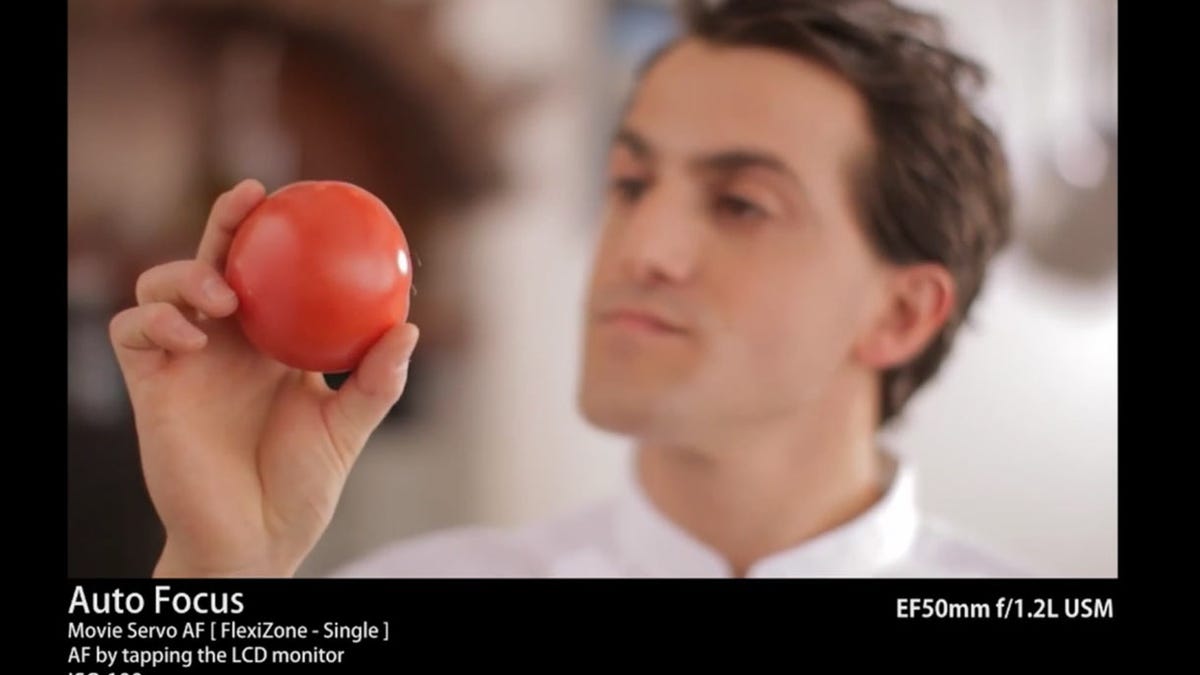Canon videos show off 70D's dual-pixel autofocus technology
It remains to be seen how well it works in the real world, but the new dual-pixel autofocus technology shows promise in Canon's promotional video about its latest SLR.

Canon wants to show off what its new EOS 70D camera can do when it comes to one persistent shortcoming in the digital photography revolution: autofocus.
It's posted two videos -- a demonstration video called Handmade and a behind-the-scenes explanatory video about it -- designed to show what the new digital SLR can accomplish with its new Dual Pixel CMOS AF (DPA) technology. Check below to watch the videos.
No doubt the autofocus technology won't work as smoothly in the real world as it does in these promotional videos with bright lighting, carefully arranged sets, and plenty of chances to shoot another take if things don't go right at first. But they're worth watching to at least get a flavor of what's possible and to see a reasonably broad selection of the 103 Canon lenses the company says DPA works with.
Canon's dual-pixel technology works by splitting a photosite on the camera's image sensor into two halves then comparing the light signal between them. That information lets the camera calculate how far the lens needs to be driven -- and in which direction -- to achieve focus. The dual-pixel approach also lets the camera employ a helpfully broad area, the central 80 percent of the sensor, for autofocus.
In effect, the dual-pixel technology moves the fast and accurate phase-detection technology of SLRs' dedicated autofocus system to the image sensor. Before, image sensors only used an autofocus technology called contrast detection that often involves more trial and error since it calculates focus as the lens is adjusted. When shooting video, though, or composing shots with live view on the LCD rather than through an SLRs' viewfinder, the separate phase-detection autofocus system can't be used on an SLR.
Taking video with digital SLRs is often a frustrating experience because of the difficulties of autofocus. SLRs offer great cinematographic possibilities because large sensors and wide-aperture lens let you focus on subjects while blurring backgrounds away into insignificance. That advantage becomes a distracting liability when focus is set wrong, though. And amateurs taking videos of the ballet recital don't have external monitors and a dedicated employee to pull focus.
The 70D is due to ship in September for $1,199 with no lens, $1,349 with the EF-S 18-55mm f/3.5-5.6 IS STM lens, or $1,549.00 with the EF-S 18-135mm f/3.5-5.6 IS STM lens.
Via Photography Blog

